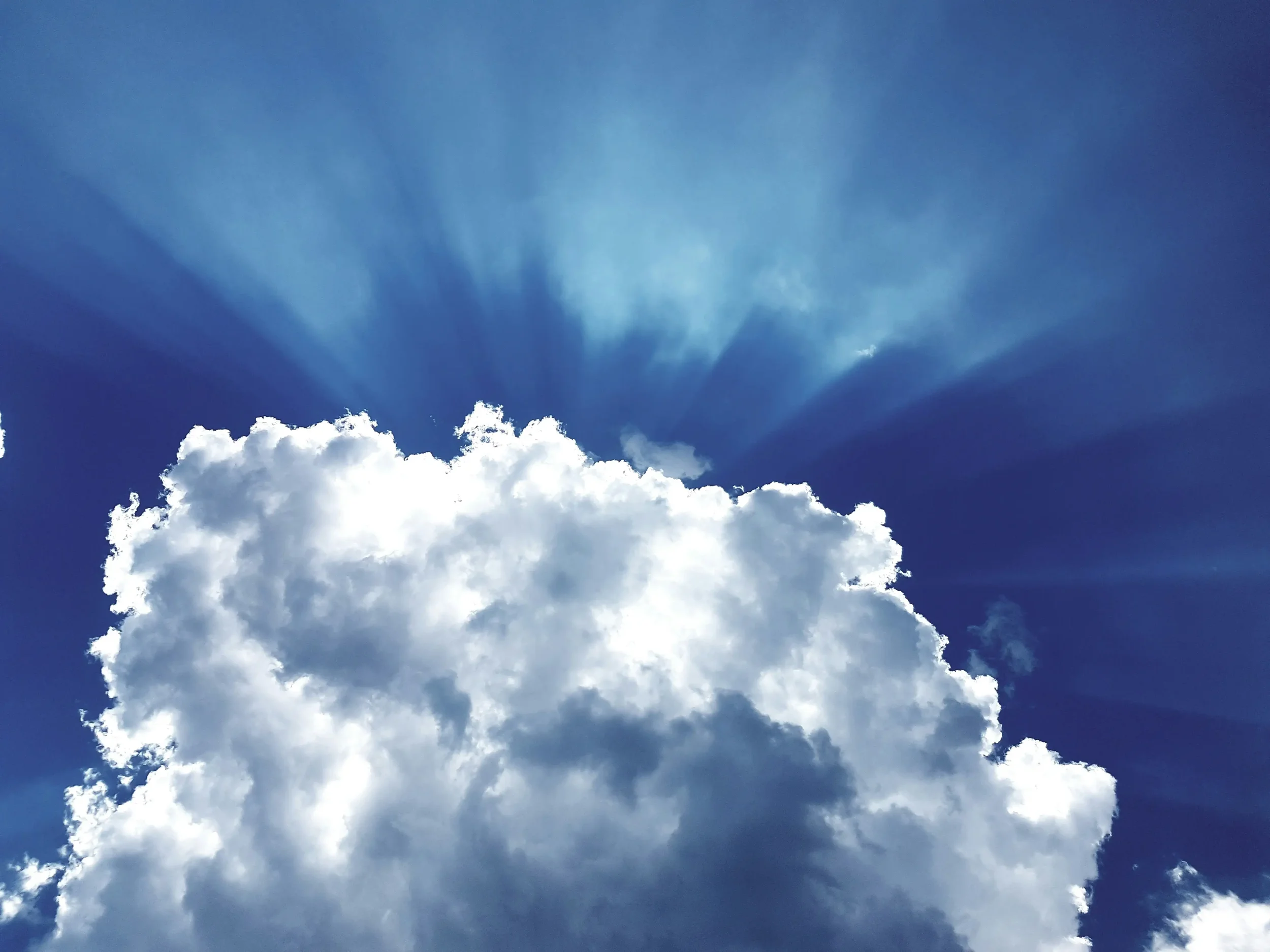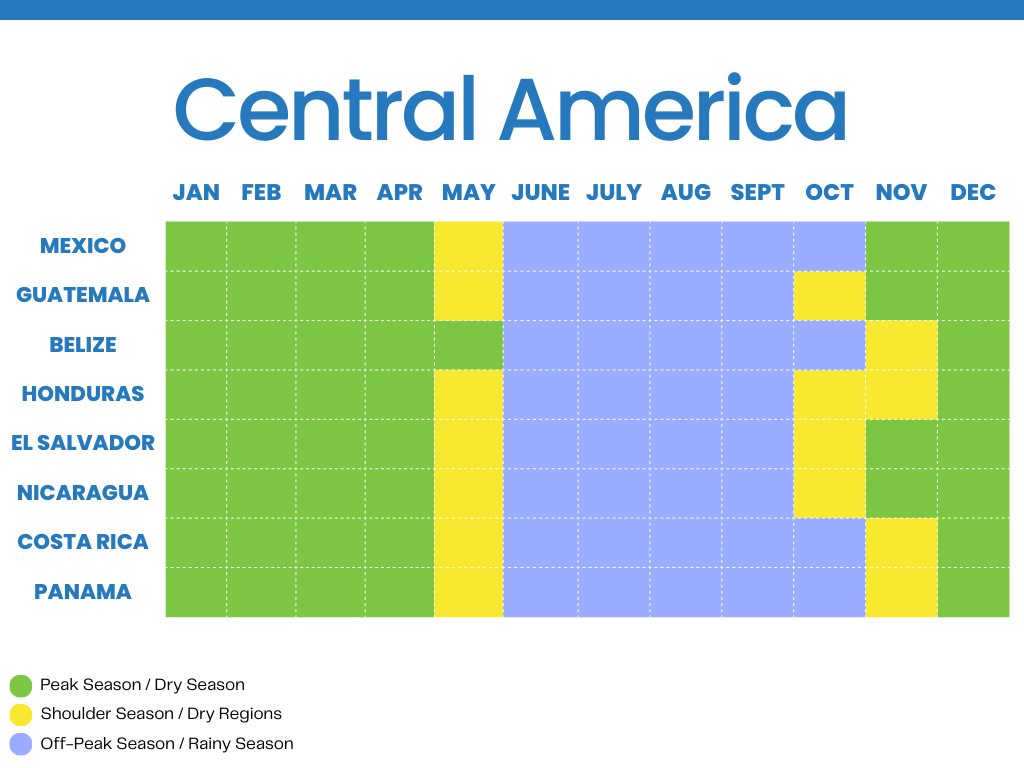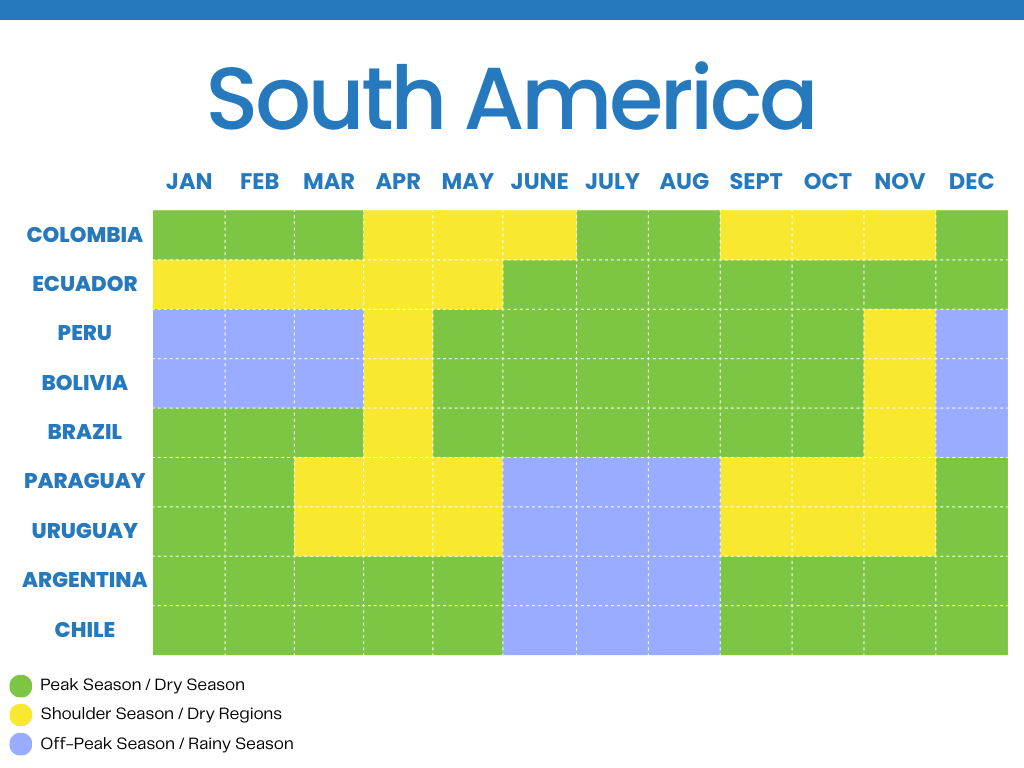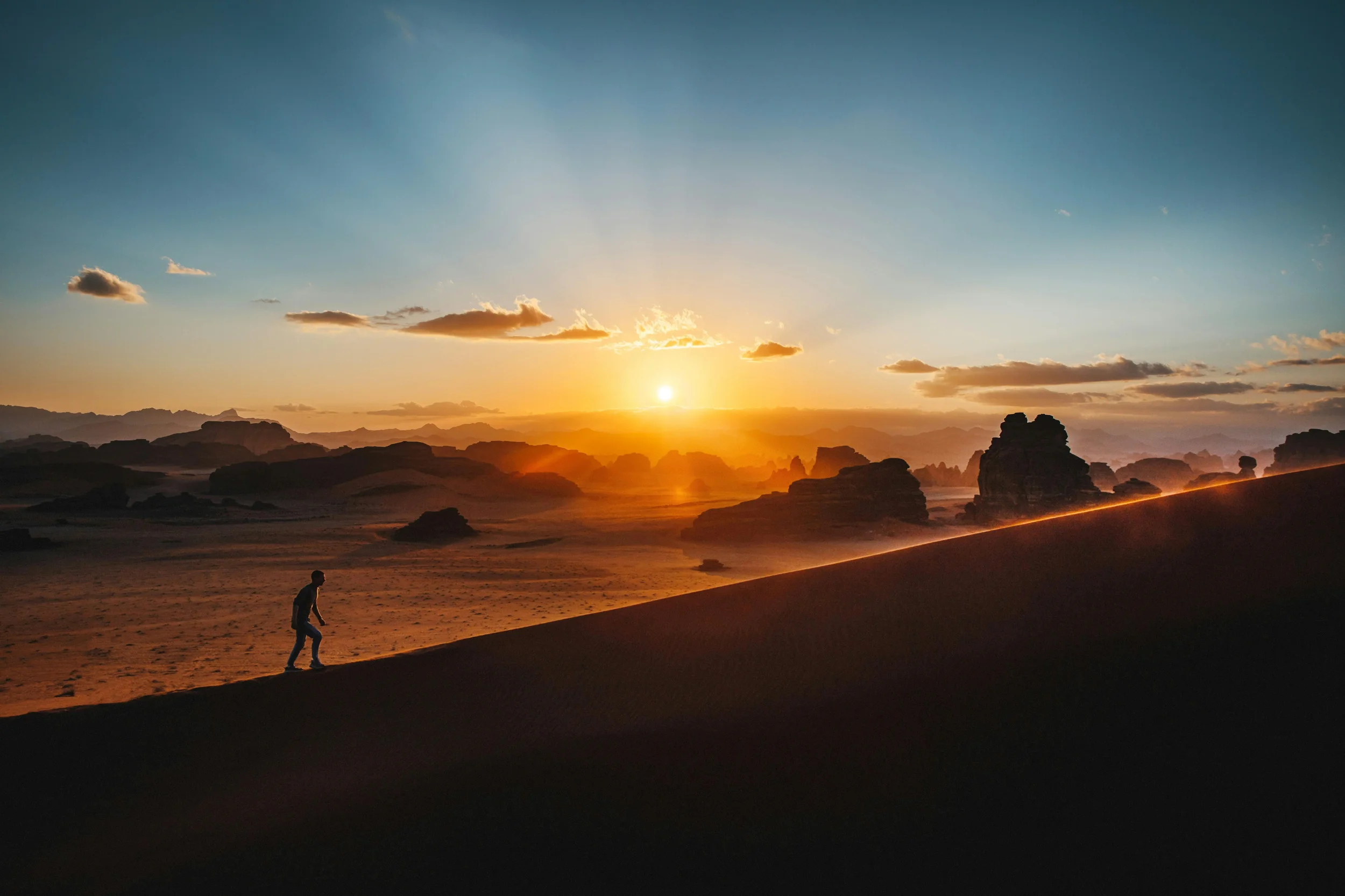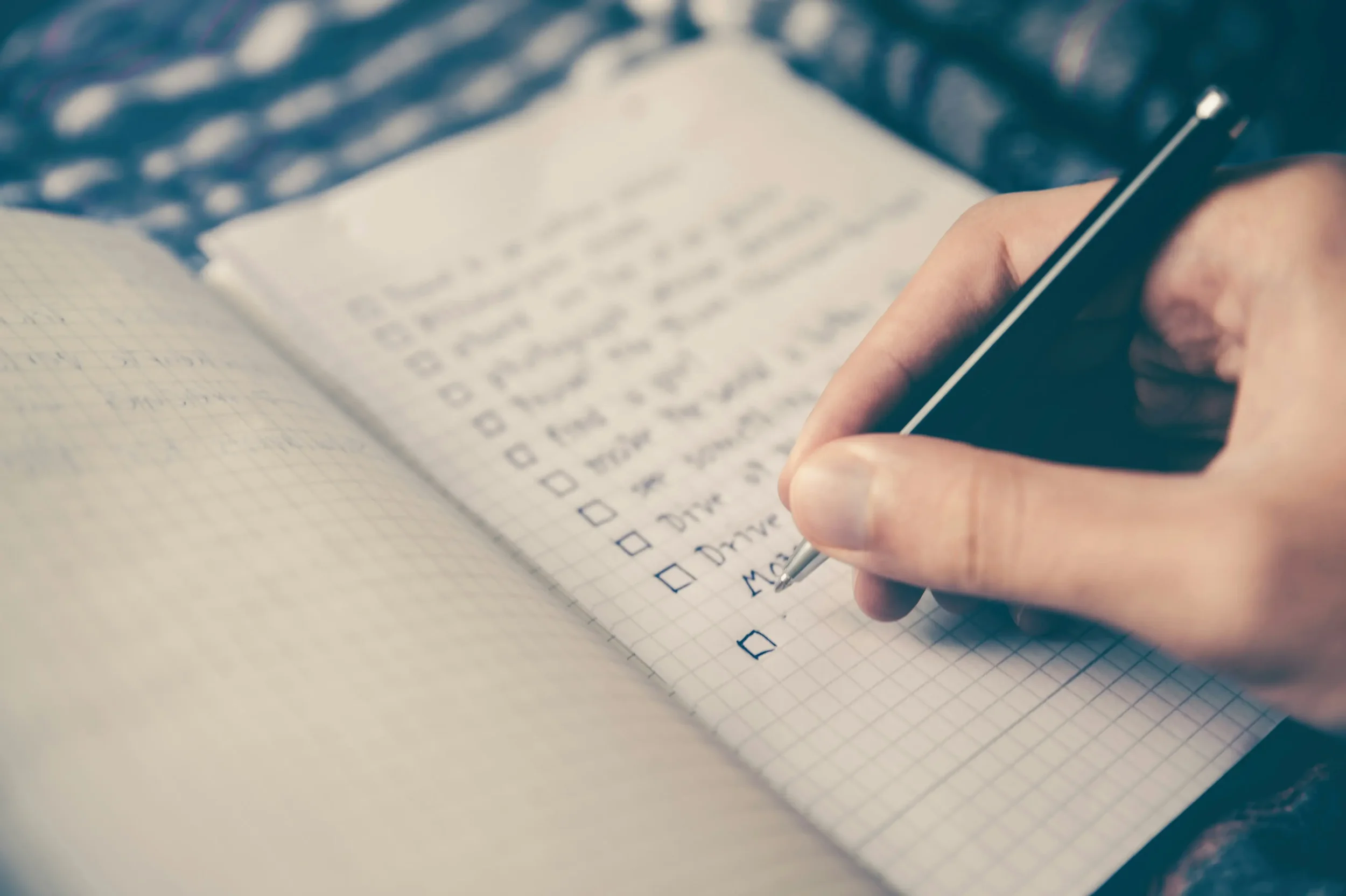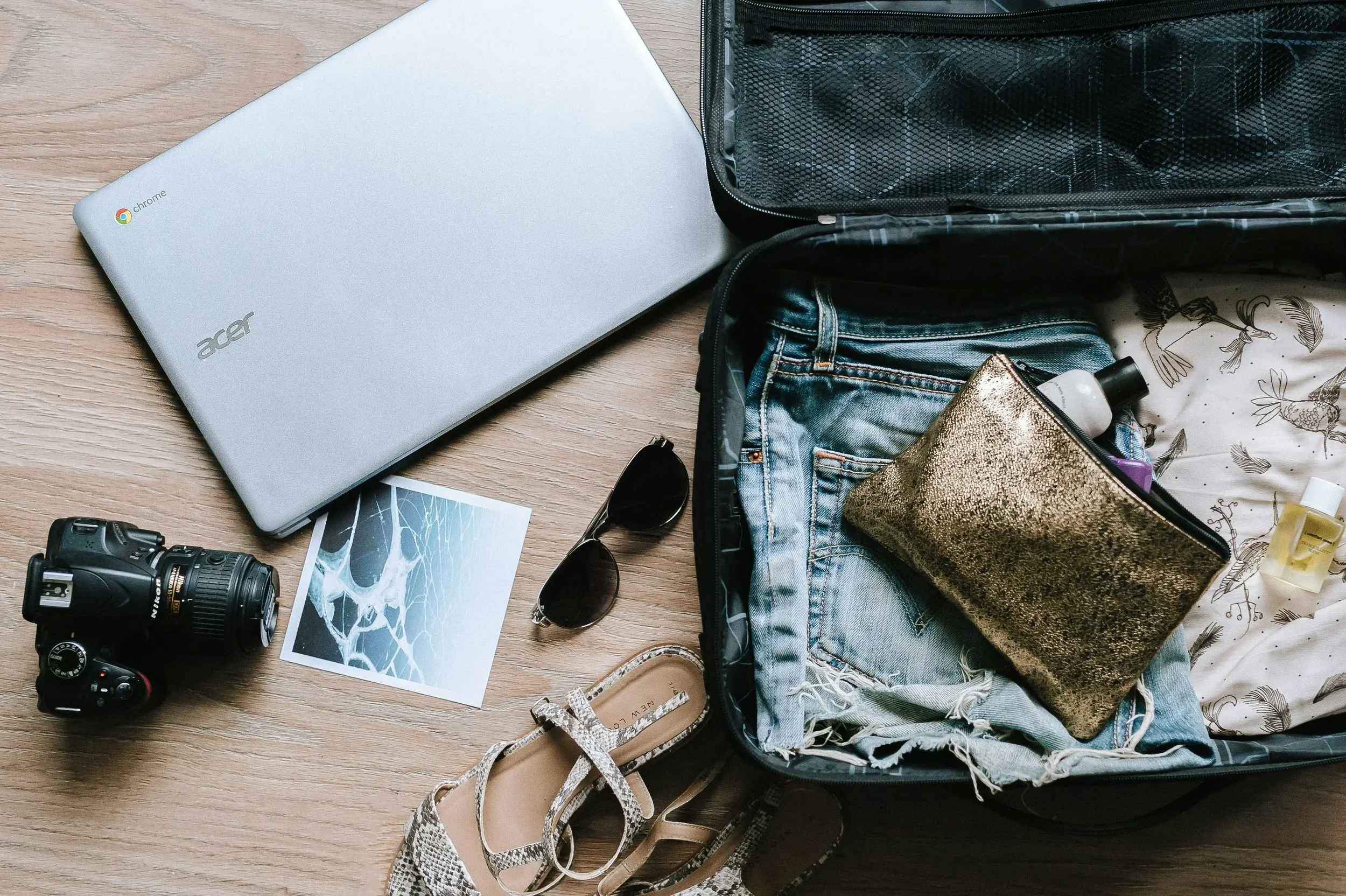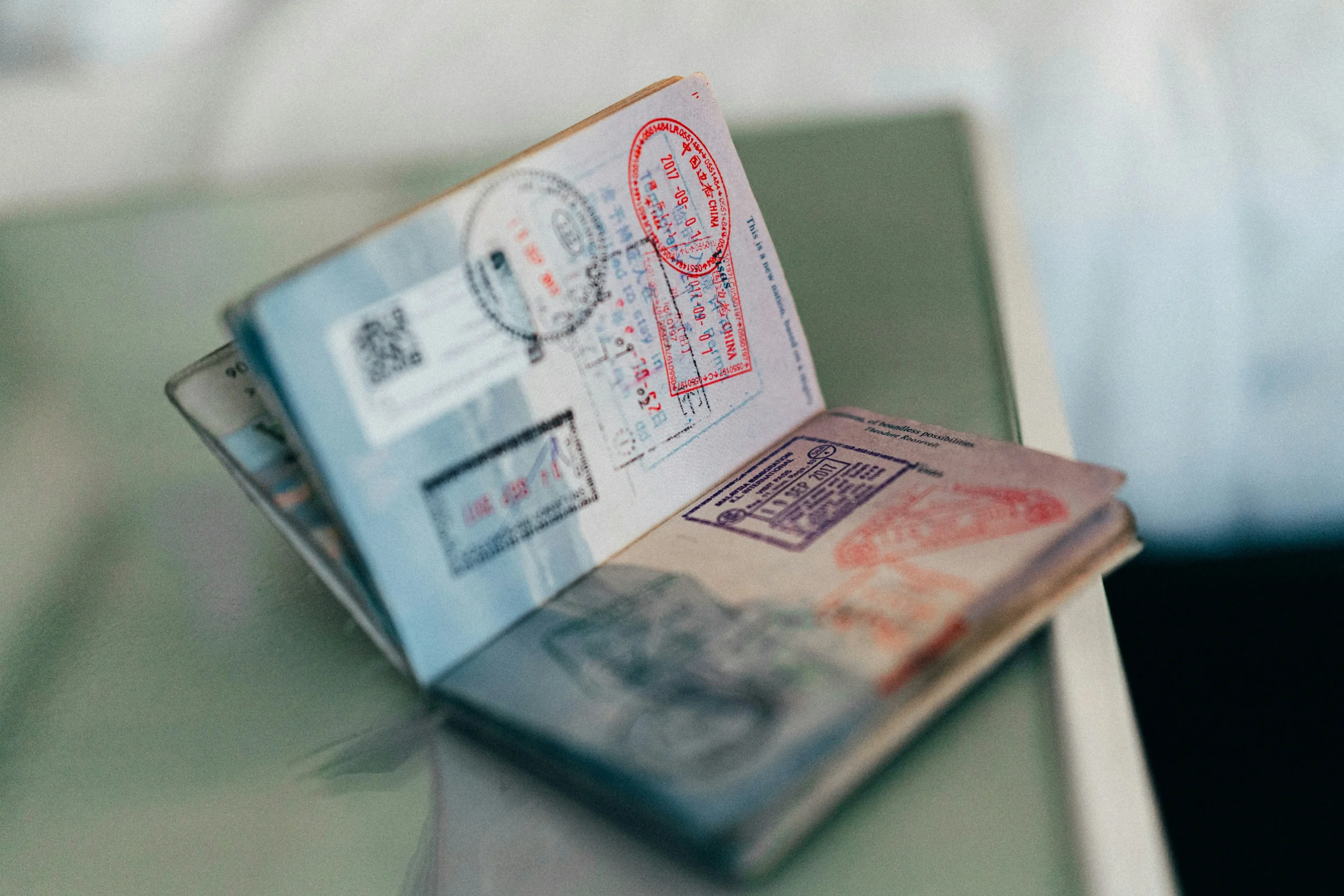Weather Guide
-
This is a General Weather guide. Each country has more specific information on the dedicated country guide.
Weather can shape your adventure, but it doesn't have to control it. Here's how to plan your trip around sunshine, festivals, and affordability - not downpours and washed-out roads. This guide helps you avoid the worst of the rainy seasons, while also showing why off-season travel might be your new best friend.General Tips:
Check monthly travel weather calendars per country.
Use your flexibility as a backpacker to follow the sun (or avoid the floods).
Remember: Bad weather makes good stories, and the rainy season isn’t as bad as it sounds - most days still offer adventure.
-
Backpackers love Asia - and for good reason: It’s generally affordable, vibrant, and built for adventure. But the monsoon seasons can be tricky to navigate.
Dry Season:
Thailand, Laos, Cambodia, Vietnam (South): Nov–April
Indonesia: May–September
Northern Vietnam: Also has cooler, drier months Dec–Feb
Wet Season:
May–Oct (mainland SEA), Oct–April (Indonesia)
How to Avoid the Rain
Start your trip in Thailand or Cambodia from November to February, then head south to Indonesia by May as rains begin elsewhere.
Switch islands in Indonesia - while Bali is rainy Dec–Feb, Sumatra or parts of East Indonesia (e.g. Flores) are often drier.
Philippines tip: Travel December–March, avoiding August which often brings typhoons.
Off-Season Bonus:
Less crowded beaches and tours.
Easier to find last-minute rooms and deals.
Lush rice paddies and waterfalls come alive in the rainy season.
-
With two coasts and highlands, Central America offers year-round travel options if you plan smart.
Dry Season:
Nov–April across Guatemala, Nicaragua, Costa Rica, Panama
Rainy Season:
May–October, peaking in Sept
How to Avoid the Rain
Start north in Guatemala from Nov–Jan, then head south to Costa Rica & Panama by Feb–April.
If traveling during rainy season: stick to highland towns (like Antigua or San José) which can feel fresher and less soggy than coastal zones.
Off-Season Bonus:
More authentic, local vibe with fewer tourists.
Great surf and green jungles.
Accommodation prices often drop 30–50%.
-
The continent is huge and diverse, so you can almost always find good weather somewhere.
Andes (Peru, Bolivia, Ecuador):
Dry: May–Sept — best for trekking
Wet: Oct–April
Route Tip: Start in Peru (May–June), explore Bolivia in July, then hit Ecuador by August–September.
Amazon:
Hot and humid year-round. Wettest Dec–May, but rivers are high — great for jungle boat tours.
You’ll never fully avoid humidity here, but June–Oct is more manageable.
Southern Cone (Chile, Argentina):
Best months: Dec–Feb (summer)
Winter: June–Aug (cold, good for skiing)
Start in Chile/Argentina in summer, then head north to Brazil or Colombia as southern weather cools.
How to Avoid the Rain in South America
Avoid the Andes during their wet months (Nov–March) by exploring Patagonia or the coastlines instead.
Flip hemispheres: When the south is wet/cold, Colombia, northern Brazil, and Ecuador are in dry season.
Mix climates — travel lowlands in rainy season (e.g. Amazon by boat), then ascend to the mountains as things dry out.
Off-Season Bonus:
Machu Picchu with fewer crowds.
Cheaper domestic flights and buses.
Locals often have more time to chat and connect in low season.
Other Guides

